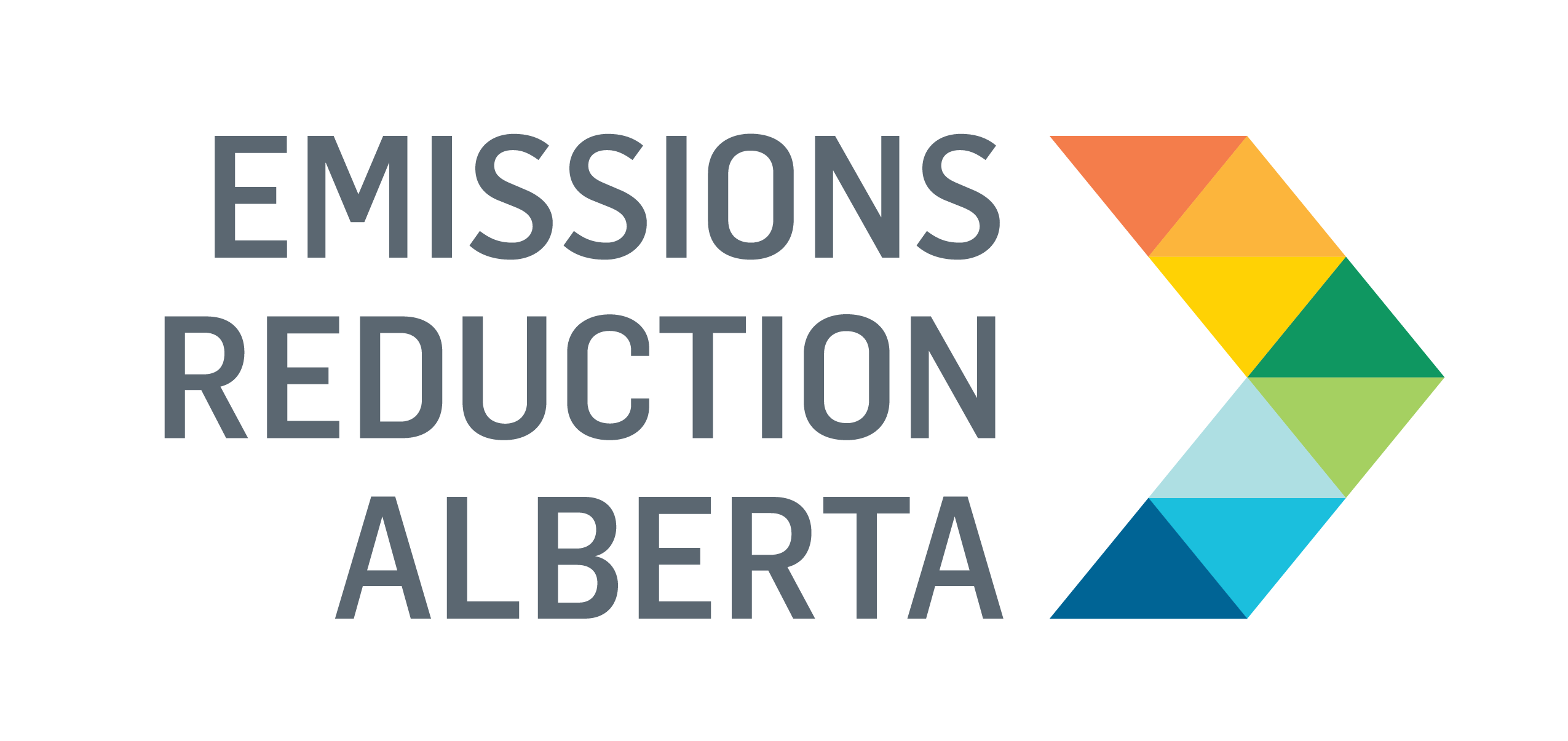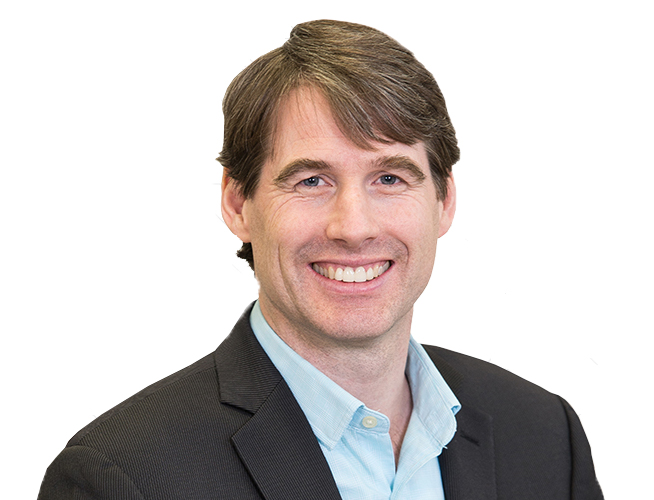An interview with SPARK panelist, Brett Henkel
An idea born out of a garage has become the world’s first pilot-scale plant using structured adsorbents to capture carbon from a once-through steam generator for use in heavy oil recovery. Svante (formerly Inventys Thermal Technologies), supported by funding from ERA, has installed a 30-tonne per day pilot plant for its patented carbon capture technology at a Husky Energy site.
The innovative technology aims to dramatically reducing the cost of capturing CO₂ .The VeloxoTherm™ System maximizes carbon capture productivity, cuts capital costs, reduces regeneration energy, and has the potential for application across Canada and around the world. Inventys has a supply chain pieced together, organizations in place to provide equipment, and customer traction from the largest energy companies in the world.
We spoke with Brett Henkel, Co-Founder and Vice President of Strategic Accounts & Government Affairs, to learn more about scaling up low-carbon technology.
What are the biggest challenges with technology scale-up?
It’s a chicken and egg situation with funding and scale-up. Obviously, there is a risk of going to the next stage, and a lot more resources required, so you have to find the organizations and partners willing to take that risk with you. It takes time and it’s one of the reasons why technologies take so long to develop. It often takes six months or longer to bring all the funding pieces together to take the next step and it’s a common issue with technology development. Also, when you scale-up, you haven’t thought of everything, and that’s the reason for going from the lab to the field. When you go to the field it’s a completely different story. Thinking about everything when you scale-up is a hard thing to do.
Looking back, what would you change?
There are things, if I were to do again, I would change. First, I would spend more time working with calculations and trying to figure out all the components of the technology on paper before I stepped into the lab. I’m a lab person, I have the equipment in my garage, I wanted to tinker and show people it would work. My new CEO has a saying: ‘it costs a dollar on paper, it costs $10 in the lab, and it costs $100 in the field.’ At the same time, the other thing I would do is go to the field faster. We were always worried about going into the field, because ‘if you fail in the field you are done.’ But if you can find a friendly place to go, there is no other way of knowing what you need to know than being in the field. You need to take that step, and take the pain, to learn the things you need to. The other thing is to identify and deal with parts of your technology that you aren’t happy with. It’s a hard thing to do, because the train is going, but you can’t wait. You have to deal with it fast. These are all things that, in hindsight, are easy to see, but they are hard to see when looking forward.
What is Svante doing with carbon capture technologies?
Our competitive advantage is to reduce the cost of capture in half from what it is today; about $60-$80 per tonne down to $30 to $50 per tonne. That’s our goal, that’s our target, that’s what we are going after, and that’s what we believe the market needs to enable widespread CO₂ capture. We’ve been at this for more than 10 years. We started early with friends, family and angel investors and we believe that we are very close to commercialization. We are right in the heart of proving the technology at a significant scale.
Over that time, how has your approach to business development evolved?
When we first founded the company, we were dealing with organizations that wanted to deal with reducing CO₂ emissions. It seemed like the business to go after. After the financial crash, we switched to organizations that wanted to do CO₂ Enhanced Oil Recovery (EOR) and exclusively worked with them. As we matured, Claude and the team realized that the way to go about business development for CO₂ capture is look at the use of the CO₂. That’s the key. For companies that want to reduce CO₂ emissions, the barrier is capture, but it ends up being a bigger barrier if you don’t have anything to do with the CO₂. That’s how we switched our approach; not just capture, but usage, a CO₂ Marketplace.
Henkel will be a Spark 2019 panelist in the ERA Technology Roadmap Focus Area: Low-Carbon Industrial Processes and Products on Wednesday, October 30 from 1 to 2:15 p.m.

